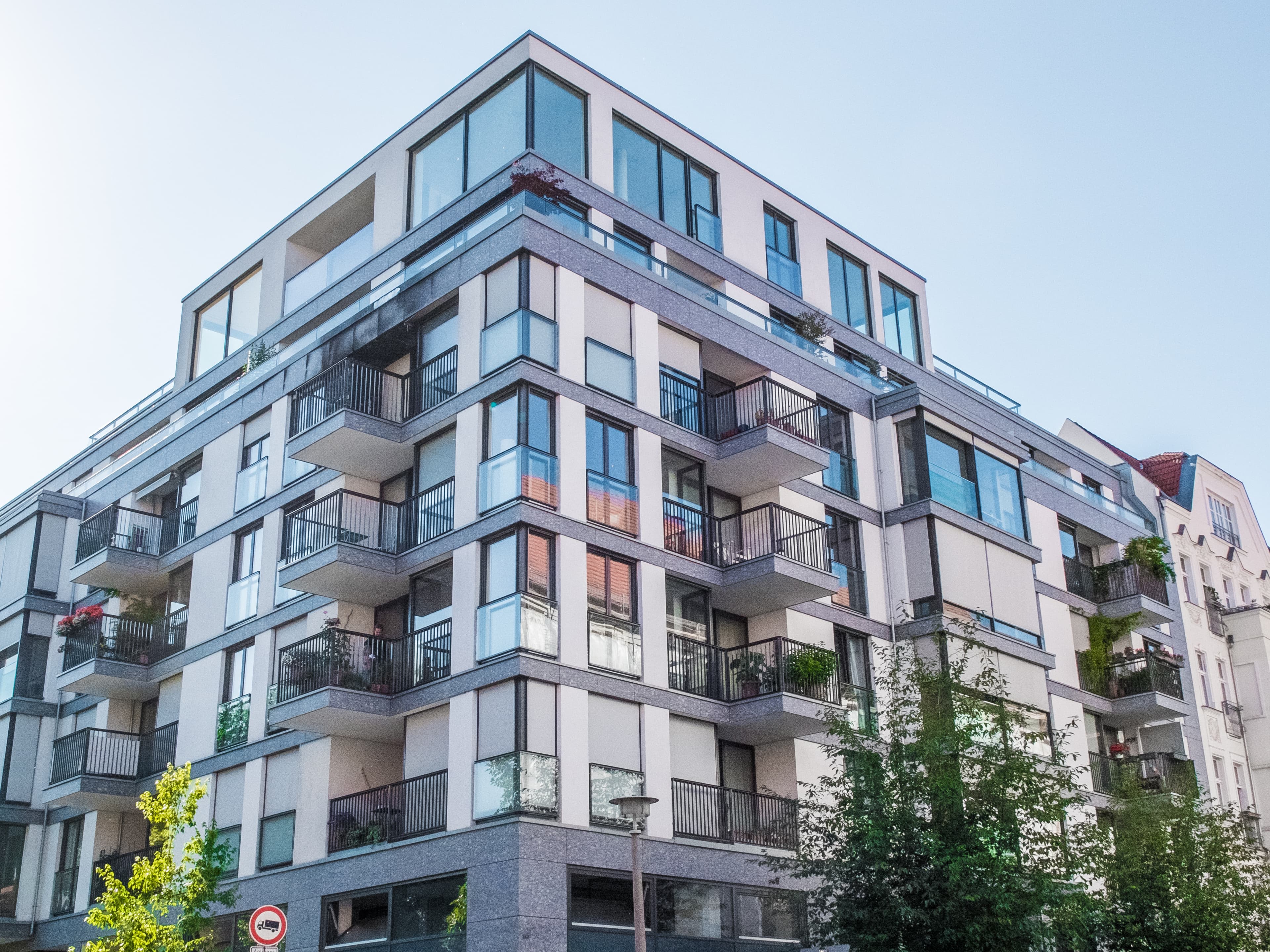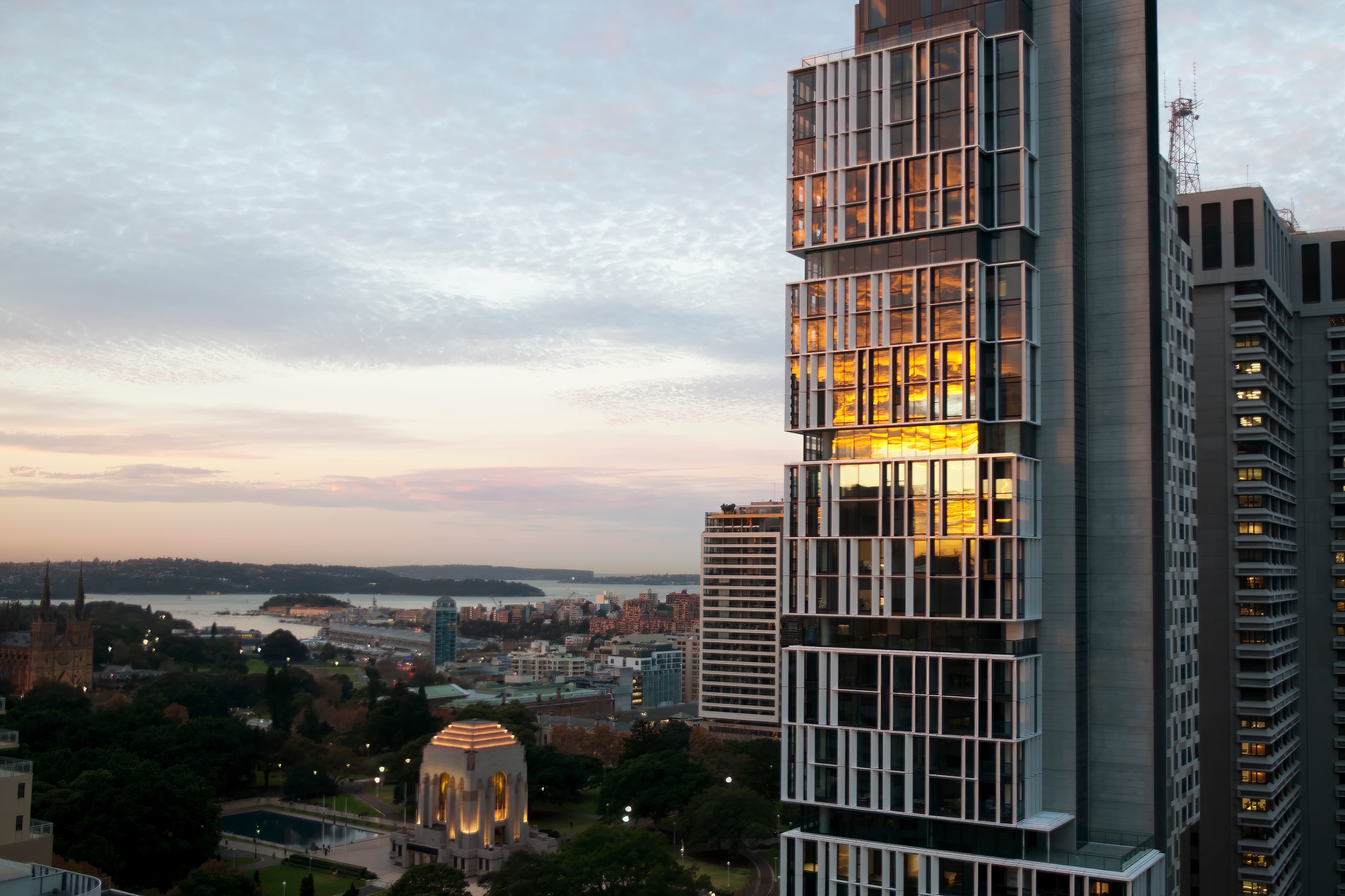
Seamlessly import ARGUS Enterprise files into Forbury
This exciting new feature, developed as part of our integration with Altus Group, allows you to seamlessly transfer key tenancy and appraisal data from single or multi-asset .avux files directly into Forbury models.

What are recoveries in Commercial Real Estate?
Recoveries are the expenses or outgoings that a landlord usually passes onto the tenants. Some costs are recoverable, and some are not.
Product updates
Insight
Resources
Latest articles






Popular articles
